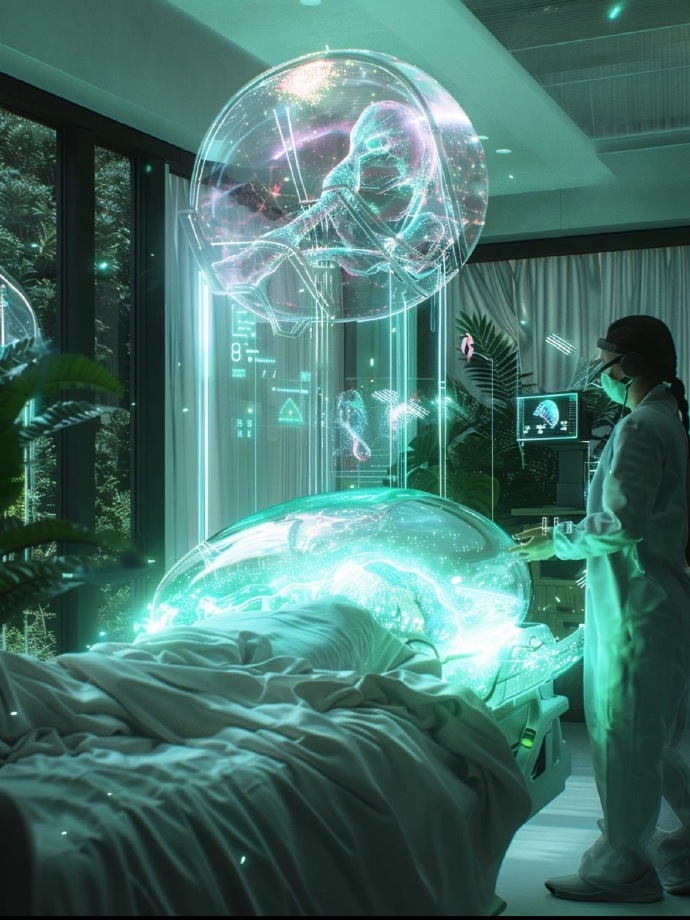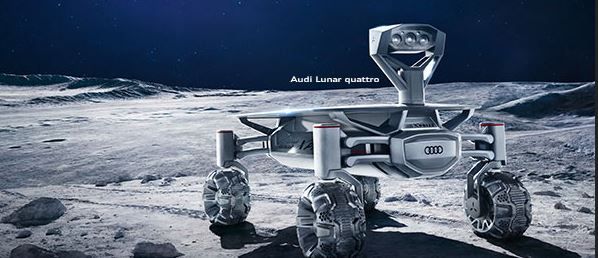AI whispers in your ear: a new world of simultaneous interpretation
Imagine that the next time you walk into the United Nations General Assembly or an international music festival, your ear is no longer a mechanical translation sound in headphones, but a whisper that can almost ignore the sense of existence. This whisper is not the voice of a human interpreter, but a language silk thread woven by artificial intelligence with precise algorithms, so that every sentence flows naturally. Scenes that once only appeared in science fiction movies are now rapidly becoming a reality.
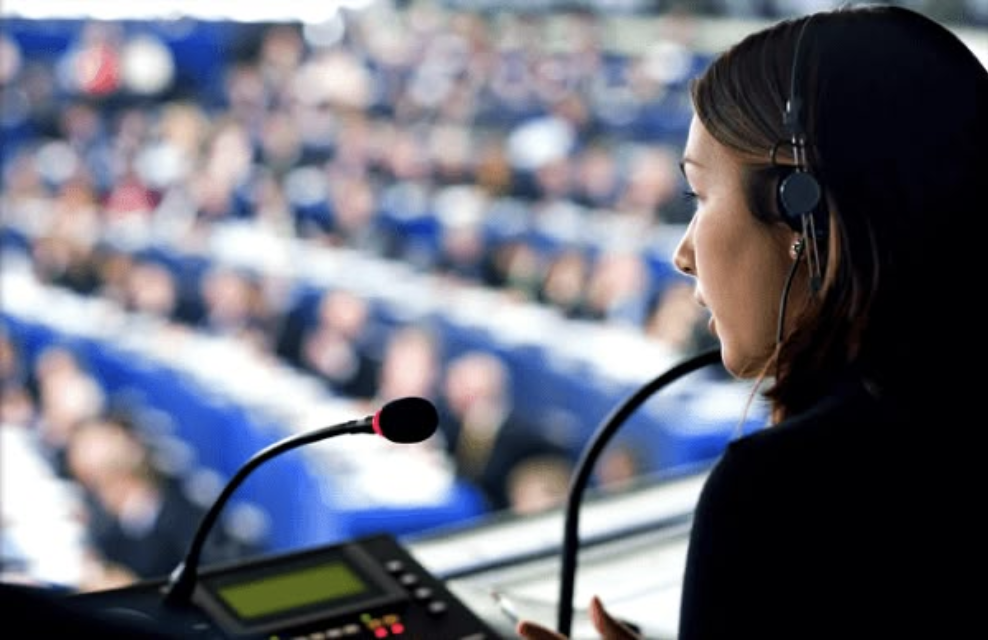
Simultaneous interpretation, a high-pressure and high-intensity profession, has been regarded as a combination of language art and intellectual competition for many years. Translators should not only understand the source language in a few seconds, but also find the most appropriate expression quickly, while maintaining intonation, emotion and cultural connotation. This process is an extreme challenge to the human brain, so the salary is high and the manpower is scarce. However, with the breakthrough of AI speech recognition and natural language processing technology, this traditional profession is facing unprecedented changes.
At present, the most advanced AI simultaneous interpretation system has been able to capture the speaker's voice in real time, analyze the semantics, identify the context, and even fine-tune the tone and humor. This means that in an international seminar, the speaker's slight satire, obscure jokes or technical terms can be accurately conveyed to the audience by AI. Behind the technology is the training of massive multilingual corpus by deep learning models. These models can not only understand vocabulary, but also grasp pragmatic rules and cultural differences, making translation more natural.
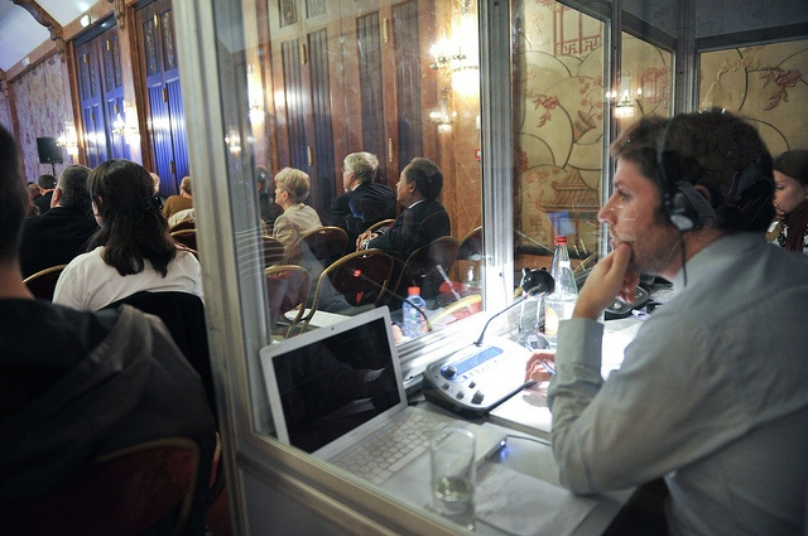
Compared with human translators, the advantages of AI simultaneous interpretation lie not only in speed, but also in consistency and coverage. Whether it is a webinar at 3 am or an international conference in a remote area, AI can run stably without fatigue or mood swings. At the same time, with the continuous iteration of the algorithm, AI's multilingual ability has become increasingly powerful, from common languages to small languages, from formal speeches to colloquial slang.
However, the rise of AI has also brought about new discussions. Some people worry, can machines really capture subtle cultural background and human emotions? Simultaneous interpretation is not only a language conversion, but also a social interaction and a bridge between the two sides of the dialogue. In some cases, the judgment and flexibility of human translators are still difficult to be completely replaced. More interestingly, this kind of tension and uncertainty is giving birth to a new career form: the "mixed mode" of human translators and AI cooperation. Human beings are responsible for cultural annotation and complex context judgment, while AI undertakes most repetitive and high-speed translation tasks.
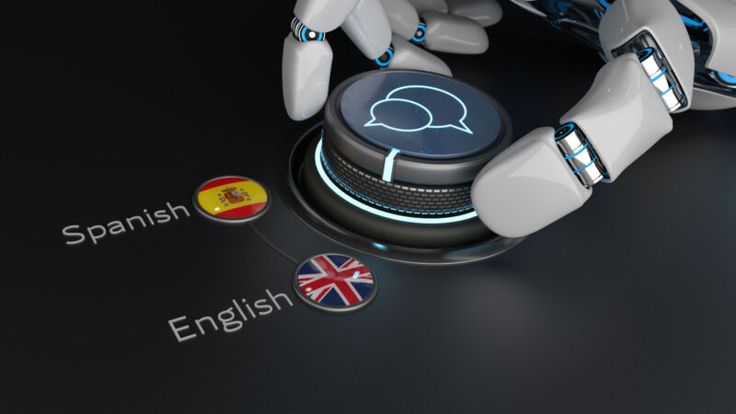
In daily life, the shadow of this change is slowly emerging. For example, in an international online class, students can understand the content of foreign language lecturers in real time through AI and participate in discussions without language restrictions. In transnational business negotiations, the existence of AI greatly improves the efficiency of the meeting, and communication between the two sides is no longer blocked by language barriers. Although this change is subtle, it is subtly reshaping people's expectations for global communication.
AI replacing simultaneous interpretation is not a simple career disappearance, but a skill reconstruction. It blurs the boundaries of language, makes information flow more efficient, and gives human beings more energy to concentrate on creativity, judgment and emotional transmission. In the future, when AI whispers in your ear, you may be surprised at its accuracy, but you will realize that the beauty of language lies not only in the words themselves, but also in how we use technology to make communication free and profound.
(Writer:Laurro)
